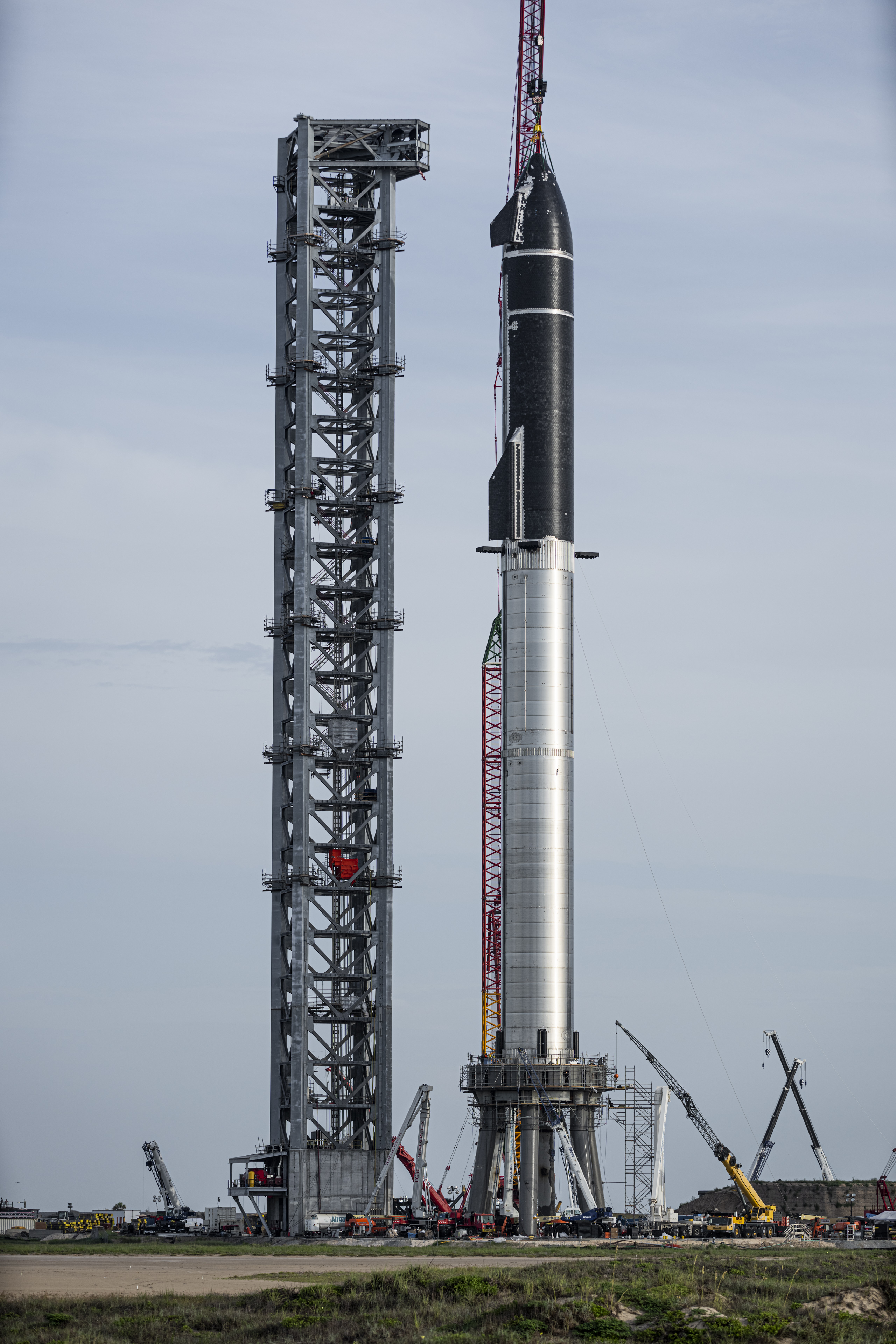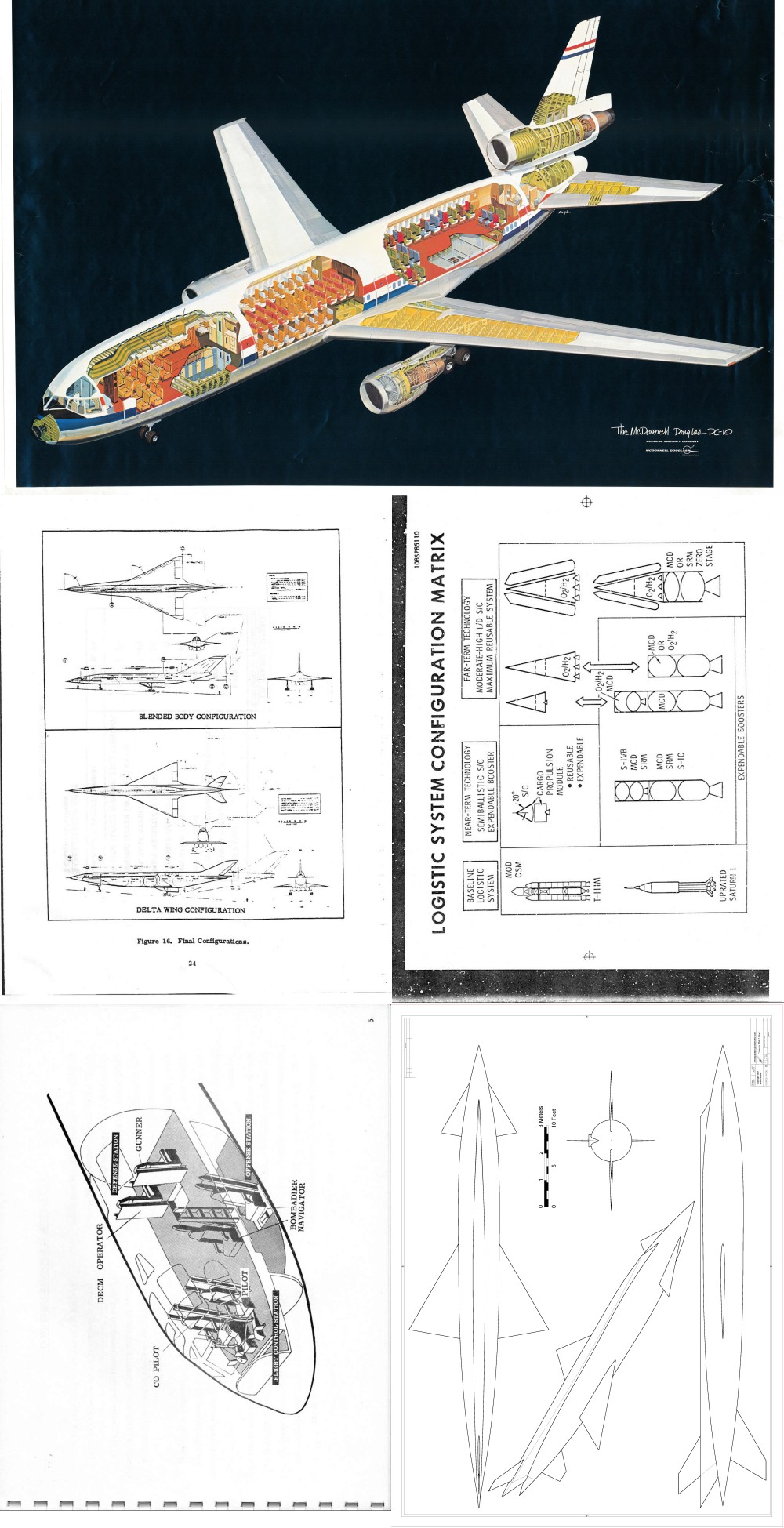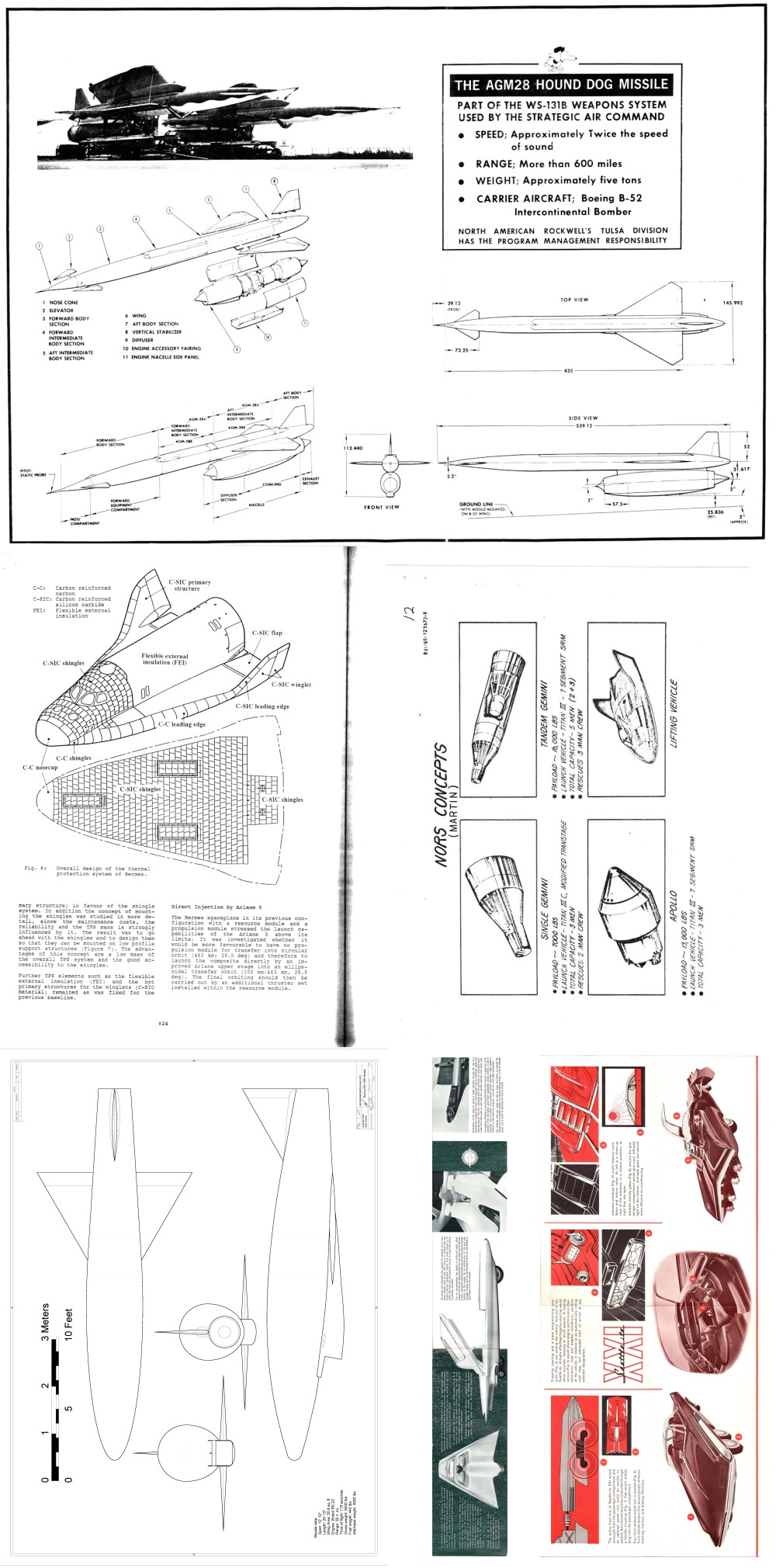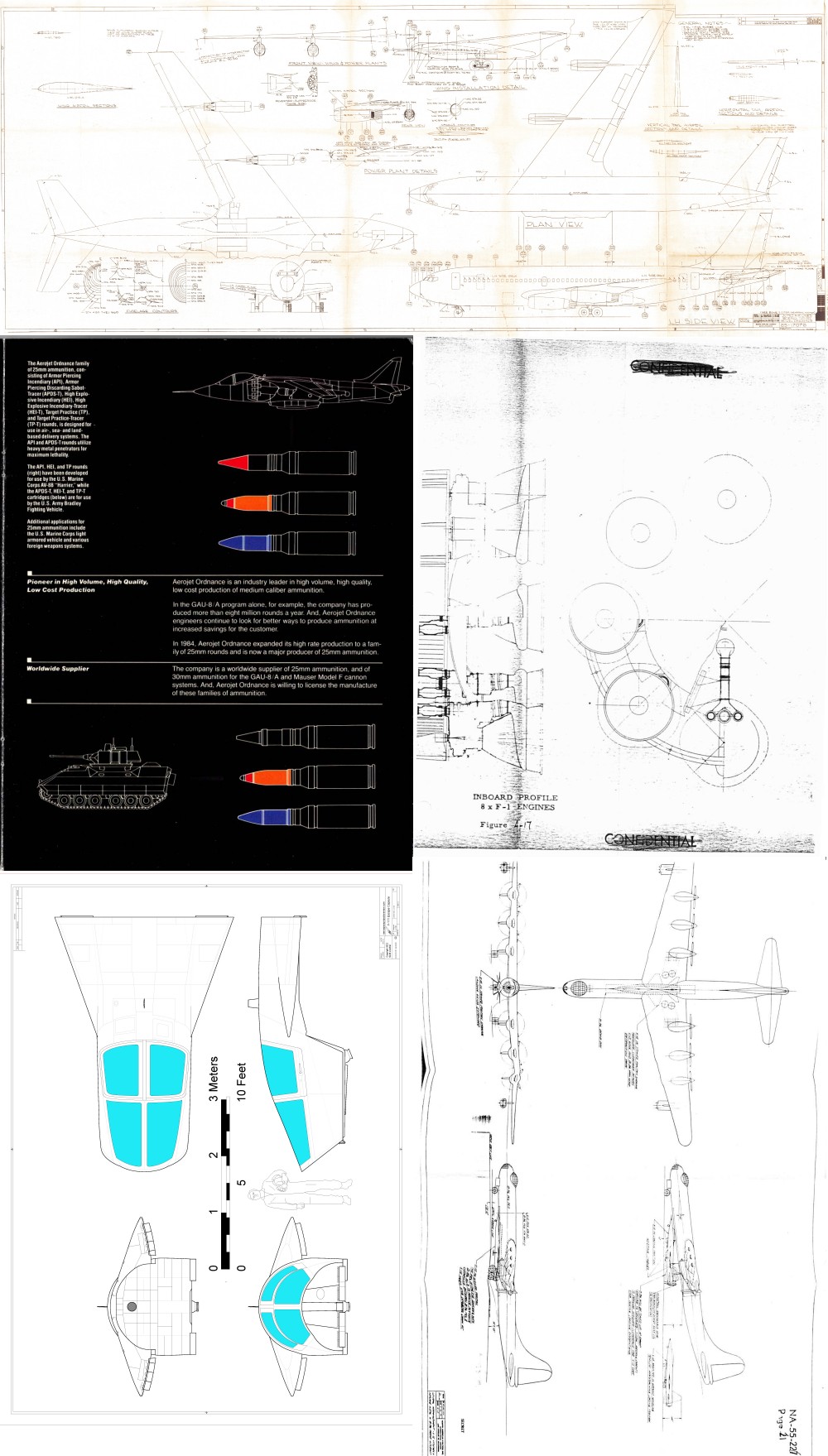A compilation video of training launches of three of the more important weapons to come out of the first motnh of Putins folly:
Because why not: someone has posted the 1979 disaster “epic” Meteor to YouTube. It is pretty awful on every level, but to me the worst of it is the incredibly half-assed miniature work on the spacecraft. That said, it’s entertaining in it’s awfulness. Just thing thing to MST3K.
When I was ten, this movie was awesome. Now… well, here ya go.
Here is a movie review from the period:
And here is a TV movie, “A Fire In The Sky,” from the year before “Meteor,” based on a similar concept.
This is almost certainly a joke. It’s *got* to be a joke. But the Loki-following part of me *really* wants these people to be in earnest… and hopeful that they get a *lot* of investment from well-funded morons who need to be separated from their money for the good of all mankind.
They put a fair amount of effort into it… but clearly not enough (assuming they’re serious) to realize that it’s bad engineering.
But hey, by all means: go ahead and spend vast sums of idiots money on “other ways of knowing” and “avoiding male phalocentric engineering rigor” or whatever nonsense they’re on about. let us know how that goes.
A few more items I’ve recently paid for that will appear on the APR Patreon/Monthly Historical Documents Program catalog:
1) General Dynamics report “Technical Proposal for Advanced Exhaust Nozzle System Concepts,” 1977 designs for advanced fighters


2) “NASA Aeronautics,” 1974

3) NASA Facts – “The Jupiter Pioneers”

4) “Cessna EV-37E STOL” report, 1964

5) Cessna 407A: report on the proposed but unbuilt 407A transport derivative of the T-37

6) Cessna AT-37E STOL: report on attack variant

7) Cessna YAT-37D counter-insurgency airplane report

Also purchased were a large number of vintage “Space World,” “Aviation News” and “Interavia” magazines for research and “Extras” purposes.
If you would like to help fund the acquisition and preservation of such things, along with getting high quality scans for yourself, please consider signing on either for the APR Patreon or the APR Monthly Historical Documents Program. Back issues are available for purchase by patrons and subscribers.
Most videos showing helicopters, either Ukrainian or Russian, getting shot down are from such a long distance that you can’t really see anything. but the video below is reasonably clear; the Hind takes a Stinger (or perhaps a Javelin) straight to the engines and promptly plummets from the sky. A bad few seconds for the crew. Of course, the possibility always exists that this is yet another computer simulation, but it certainly looks realistic.
Yeesh, I am *terrible* at advertising. Just realized I missed reporting on *several* months worth of rewards packages for APR patrons and Monthly Historical Documents program subscribers.
December 2021 rewards:
Document: “B-52G Advanced Configuration Mockup inspection,” Boeing presentation on the design of the then-new B-52G configuration
Document: “Performance Potential Hydrogen Fueled, Airbreathing Cruise Aircraft, Final report, Volume I, Summary” 1966 Convair report on hydrogen fueled hypersonic jetliners
Document: “Integral Launch and Reentry Logistics System” late-60’s Space Division of North American Rockwell presentation on very early Space Shuttle-type systems
Art: Large format McDonnell Douglas DC-10 cutaway
CAD Diagram: Convair MA-1 pod for B-58
January 2022 rewards:
Document: “The Configuration of the European Spaceplane Hermes,” 1990 conference paper on the unbuilt French spaceplane
Document: “Space Rescue Charts,” 1965 USAF presentation charts describing space “life rafts” and shelters
Document: Two nuclear-powered car brochures… Ford “Gyron” and Ford “Seattle-ite XXI”
Diagram: “AGM28 Hound Dog Missile,” North American Aviation informational graphic
CAD Diagram: Boeing MX-1965 missile
February 2022 Rewards:
Diagram: Boeing 720-022 model diagram, United Airlines configuration
Document: Aerojet Ordnance Company brochure, describes aircraft ammo
Document: “The Nova (Liquid) Vehicle a Preliminary Project Development Plan,” October 1961 NASA-MSFC report on facilities planning for the “Saturn C-8” configuration of the Nova vehicle
Document: “Ground Handling Equipment and Procedures for a X-15 Research Aircraft Project 1226,” 1955 North American Aviation report on the early B-36-launched design for the X-15
CAD Diagram: F-111 Escape capsule
If you would like to help fund the acquisition and preservation of such things, along with getting high quality scans for yourself, please consider signing on either for the APR Patreon or the APR Monthly Historical Documents Program. Back issues are available for purchase by patrons and subscribers.
Finally, we know production costs for SLS and Orion, and they’re wild
…the operational costs alone for a single Artemis launch—for just the rocket, Orion spacecraft, and ground systems—will total $4.1 billion.
…$2.2 billion to build a single SLS rocket, $568 million for ground systems, $1 billion for an Orion spacecraft, and $300 million to the European Space Agency for Orion’s Service Module.
…NASA will spend $93 billion from 2012 to 2025 on the Artemis program.

Gosh, If Only there was some alternative launch vehicle program that we could turn to that could potentially launch at a rate higher than once a year and at vastly lower cost…

An interesting video about the Javelin anti-tank missile currently being used, apparently with some success, to relieve Russia of some of their excess armor:
The Javelin is, unlike an RPG, a guided and fairly long-range missile. It has a two stage motor, with an initial fast-acting booster that tosses the missile out of the launcher without sending a blast into the face of the guy who pulled the trigger. This has the result of making every launch look, for a split second, like a failed launch; the thing just sorta lobs out of the tube, starts to fall to the ground… then ignites the motor and launches itself into the sky.
Here’s a video from before the invasion that describes the missile in some depth:
Apparently they’re fun to dance with:
… from French Guiana, anyway:
Russia halts Soyuz rocket launches from French Guiana over European sanctions on Ukraine invasion
It’s more relevant than ever: home expedient man portable anti-aircraft missile systems. It is as yet undetermined how successful (or not) manpads have been at swatting the aircraft buzzing over Ukraine, but it’s likely a safe bet that solutions dating back to World War II are unlikely to be terribly effective. Nevertheless, as wonky as this thing is, it is undeniably entertaining as hell. The “fliegerfaust” was a late-war German desperation weapon designed to bring down low flying aircraft by launching a swarm of small unguided rockets. It is unlikely that this sort of thing would have *ever* worked against Shturmoviks or Jugs, much less against Hinds or Frogfoots… but it still seems to be unreasonably *fun.*


